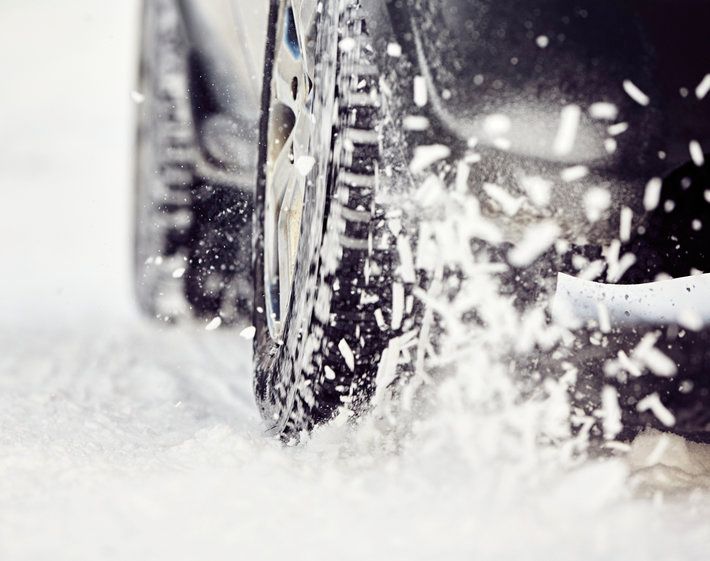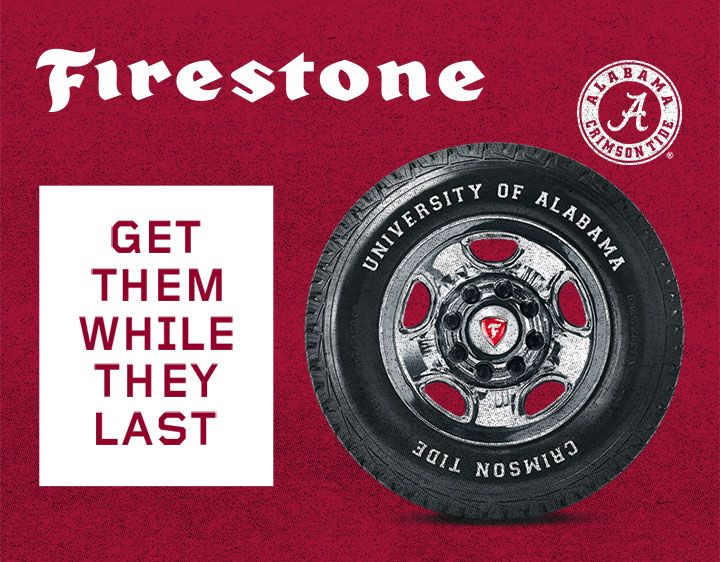Between ice, snow, and slush, and sometimes the glaring sun in your eyes, winter driving can be challenging. In some areas of the country, we haven't even seen the worst of it! Thankfully, slipping and sliding in these conditions doesn’t have to be a guaranteed part of winter driving. A few simple tricks could help improve your tires' grip and ability to perform in rough winter weather.
1. For rear-wheel vehicles, add weight to the rear.
You can help a front-engine, rear-wheel vehicle gain traction in slippery (even muddy) conditions by adding weight to the back of the vehicle. By doing so, you're adding weight on the axle that provides power. "If there's weight on the axle and tires which spin," writes The News Wheel, "the car can grip better."
In a car, this means loading up the trunk. In a truck, this means loading up the bed. You can use sandbags, boxes of kitty litter, or even bags of dirt. On the plus side, sand and dirt can be used in your yard come spring, and kitty litter can be used to absorb oil spills in the garage! Talk about multi-purpose materials.
2. Drive in tracks cleared by other vehicles.
You won’t need to worry so much about maneuvering your vehicle through thick snow if someone else has already cleared a path for you. When you’re navigating streets that have already been driven on, stay in the tracks of other vehicles. Keep in mind that tightly packed snow can still be slippery, so adjust your speed to the conditions at hand (and check out other great winter driving tips from Bridgestone Winter Driving School Director Mark Cox).
4. Get a pair of tire socks.
These socks aren't like the ones Grandma knits for you each winter! These socks are actually for your vehicle. Tire socks, also called snow socks, are similar to snow chains in that they go directly around the tire and help enhance grip in winter conditions. However, tire socks are made entirely out of fabric, hence their name. The fibers are arranged in such a way that the snow and ice stick to them as you drive, making your tires "grippier" than they might be otherwise. Installation is straightforward but does require a bit of elbow grease.
3. Buy a pair of easy-to-install snow chains.
Like tire socks, snow chains help drivers maintain control in slippery conditions by providing increased traction. Make sure to buy the proper size to fit your specific tires and vehicle, and read the installation instructions thoroughly.
On rear-wheel drive vehicles, snow chains will go on the back tires. On front-wheel drive vehicles, they'll go on the front tires, and on four-wheel or all-wheel drive vehicles, they'll go on all four tires. Practice installing the chains at home, before you desperately need them! This will make it easier and less stressful to install them when it really matters. If you already have snow tires, tire chains might be unnecessary depending on your climate. Speaking of snow tires...
5. Get winter tires.
"For most snowbelt drivers," writes Consumer Reports, "dedicated winter tires are more practical and versatile for the wide variety of wintry conditions." If it's the right move to make for your climate and vehicle, investing in winter tires is one of the best moves you can make for your vehicle and your safety. Winter tires are designed to maintain their performance not only in icy, snowy, or slushy conditions but also in cold, dry weather. Winter tires will help you get a solid grip on the road for confident driving!
Prepare yourself—and your vehicle—for the rest of the winter. While these tips may help tremendously, there's no substitute for good winter tires when you live in an area that experiences rough weather. Get an instant quote for winter tires online or visit your local Firestone Complete Auto Care to learn more today. Winter won’t work around your schedule, but we certainly will. Our tire shops are open late and on the weekends, so when you need us, we’re there!



